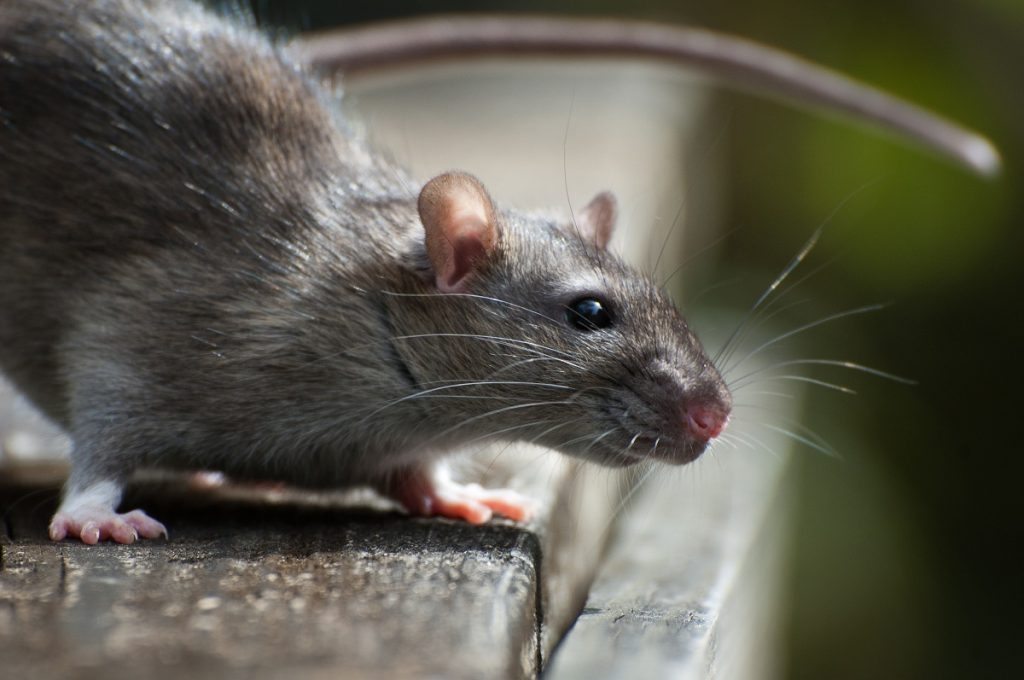- Rats can carry serious diseases such as Hantavirus, Leptospirosis, Rat-Bite Fever, Salmonella, and Plague.
- Replace old cabinets with metal or hardwood ones to keep rats away.
- Seal off cracks and gaps in walls and foundation to prevent rat infestations.
- Install rat traps to capture the rodents and keep them away.
- Use peppermint oil, cayenne pepper, and garlic powder as natural repellants to discourage rats from entering your home.
Rats may look cute and harmless pets in pet shops, but they can seriously threaten your health and well-being if they infest your home. These furry pests are known disease carriers, and they can infect you and your loved ones with dangerous viruses and bacteria through their urine, feces, and bites. The worst part is that most people don’t realize the dangers of rats until it’s too late to prevent an outbreak. Here are some diseases that rats carry with them and how to protect yourself from their deadly consequences.
Rats in the U.S.
Rats are a prevalent pest in the U.S. It’s estimated that over 14 million households have rats living inside their homes. The most common rat species in the U.S. is the roof rat, usually found in attics, garages, and basements. They can also be seen outside in yards and gardens. Here are some common diseases carried by rats in the country.

Hantavirus
This deadly disease is transmitted through the urine and feces of infected rodents, including rats. If you inhale dust from contaminated feces and urine or come into direct contact with these infectious agents, you can contract Hantavirus, which can cause severe respiratory problems, fever, and even death. Protect yourself by wearing a mask, gloves, and protective clothing whenever you handle potentially contaminated materials and by sealing all food and water sources that can attract rats.
Leptospirosis
This bacterial infection is prevalent in rats’ urine and can cause severe liver and kidney damage if it enters your bloodstream. The symptoms of leptospirosis include high fever, muscle aches, and headache, and it can be fatal if left untreated. Keep your home clean and dry, and avoid contact with rats or their urine and droppings to prevent infection.
Rat-Bite Fever
This rare but potentially fatal disease is caused by the bacteria Streptobacillus moniliformis, which is found in rats’ mouths and noses. If a rat bites you or you come into contact with its saliva or mucus, you can develop rat-bite fever, which can cause fever, vomiting, joint pain, and rash. Protect yourself by avoiding contact with rats or wild animals, and seek medical attention immediately if you experience any of these symptoms.

Salmonella
This bacterial infection is transmitted through contaminated food and water sources, including those contaminated by rats’ feces. If you ingest food or water contaminated with salmonella, you can develop food poisoning, which can cause nausea, vomiting, diarrhea, and fever. Keep your kitchen clean and free of clutter, and discard any food exposed to rats or their droppings to prevent salmonella infection.
Plague
Last but not least, rats are notorious for transmitting the bubonic plague, an infectious disease that wiped out one-third of the European population in the Middle Ages. The Yersinia pestis bacteria cause the bubonic plague, found in rats’ fleas, and can be transmitted to humans through a bite.
The symptoms of the bubonic plague include fever, chills, swollen lymph nodes, and respiratory problems, and it can be fatal if left untreated. Protect yourself by avoiding contact with rats and their fleas, and seek medical attention immediately if you experience any of these symptoms.
Renovations For a Rat-Free Home
Some renovations can help to keep your home rat-free. Here are some of them:
Replace Old Cabinets
Rats love hiding in dark corners, so replacing your old cabinets with rodent-proof ones can help keep them away. Look for metal or hardwood ones with tight seals around their edges. To save time and money, consider visiting your local cabinet maker. You can ask them to make custom cabinets that are rodent-proof and stylish.
Seal Cracks and Gaps
Rats can squeeze through incredibly tiny cracks and gaps in your home, so seal them all up. Use a caulking gun to fill in any crevices or holes you find around your doors and windows, as well as in the walls and foundation. This will help prevent rats from getting in and nesting in your home.
Install Rat Traps
Rat traps are a great way to get rid of these pesky pests quickly and easily. Look for traps that use bait to lure the rats, such as peanut butter or nuts. Once they enter the trap, the door will shut, and the rat will be trapped. This is a humane way of dealing with rats without using poison or other dangerous methods.
You can also set up mouse traps around your home as an extra line of defense. Mouse traps are designed to snap onto mice when they enter, preventing them from escaping. Be sure to place the traps where rats are most likely to enter, such as near windows or doorways.
Repellants
In addition to the renovations and traps, you can try a few home remedies to keep rats away from your home. Spraying peppermint oil around the perimeter of your house is one option. The strong scent of peppermint will repel rats, so they won’t want to enter. You can also scatter strong-smelling substances like cayenne pepper and garlic powder around the house to discourage rats from entering.
Rats can be prevented from entering your home with the right preventative measures. Remember to keep your kitchen and living areas clean, seal off any potential entryways, and use rat traps or repellants to discourage them from entering. With these steps, you can protect your family from dangerous diseases carried by rats and keep them safe.
